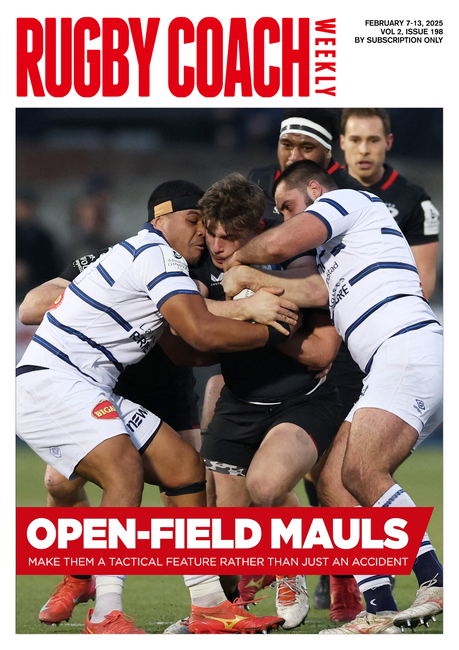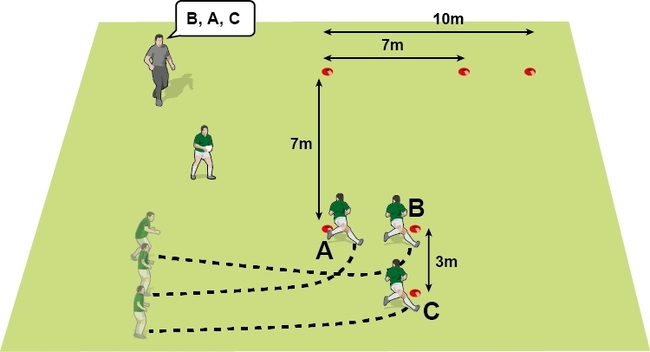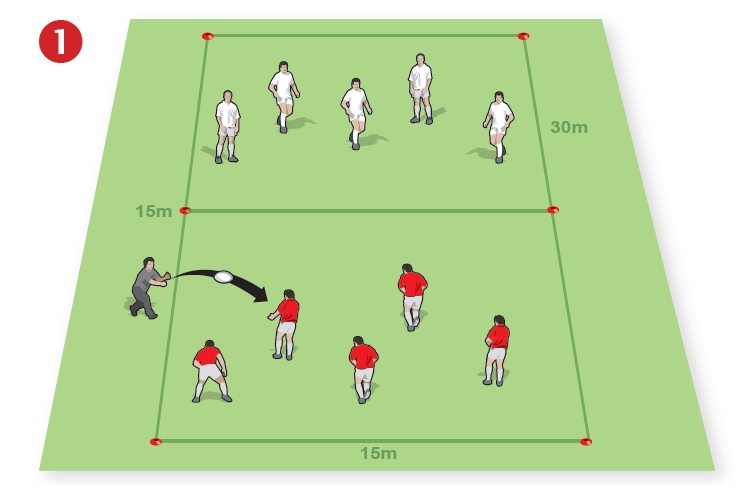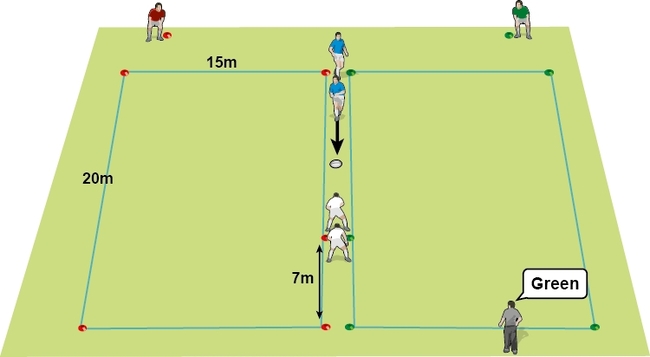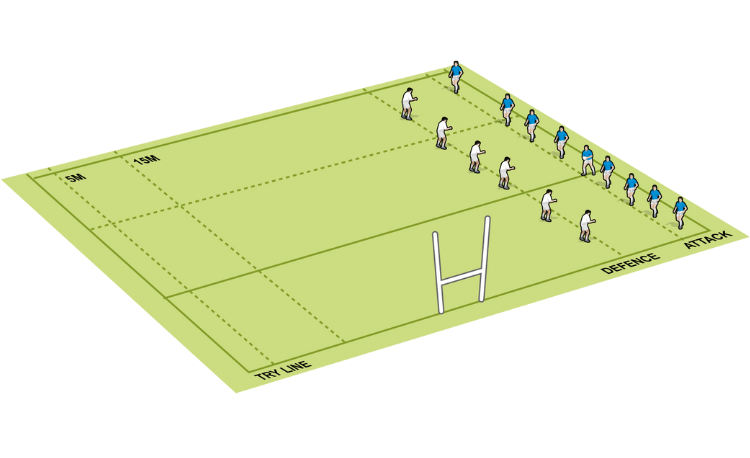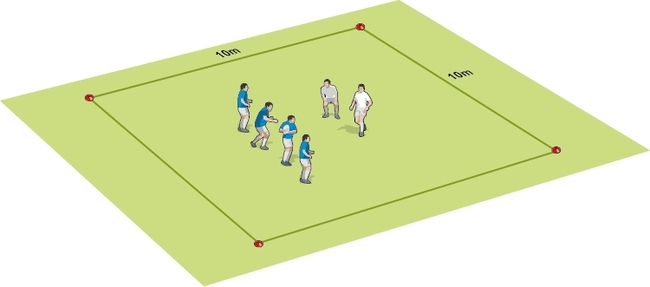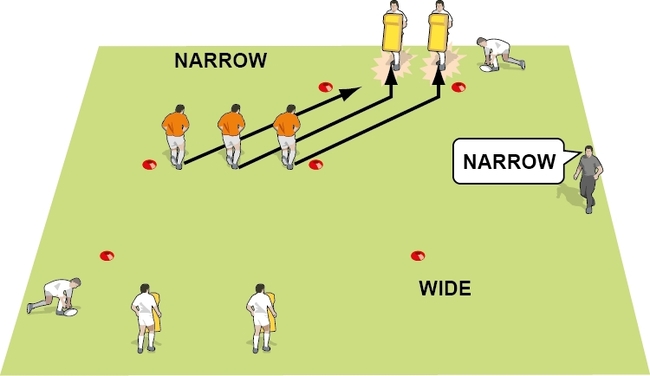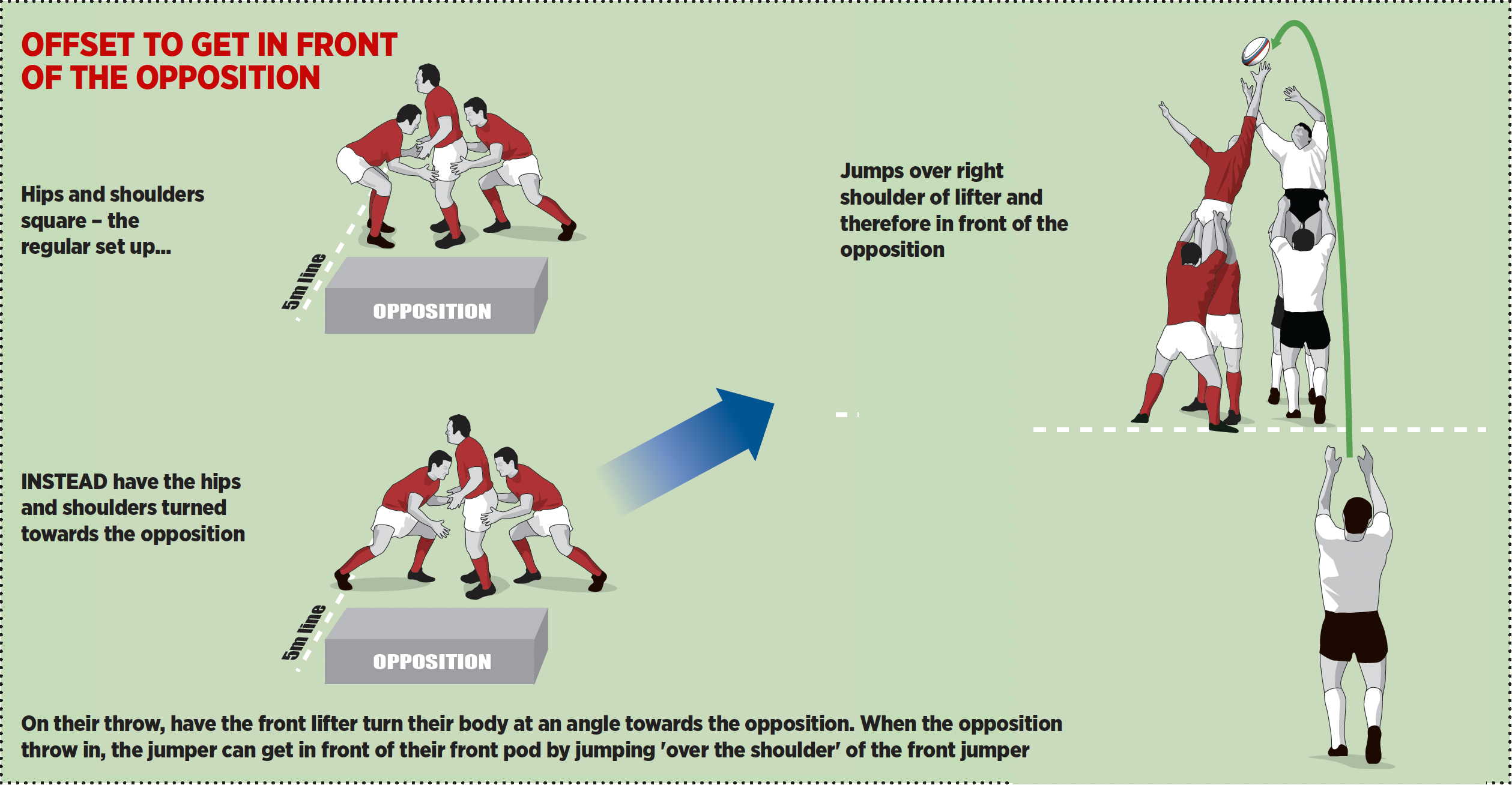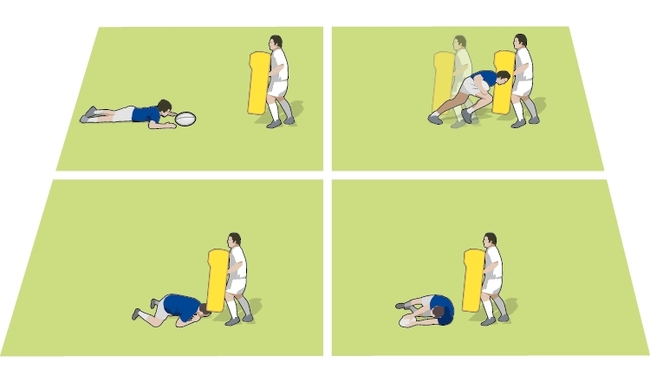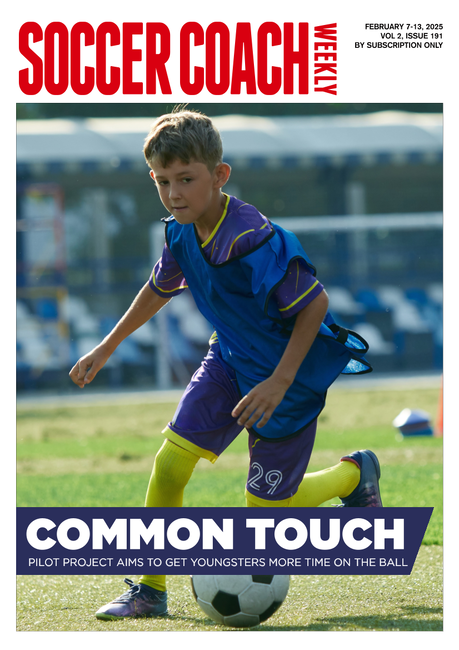Rugby coaching tips to improve your teams go forward
Improving your play between the phases
"Play between the phases" is the movement of the ball and players when the ball is not in a ruck, maul or a set piece. Too often ignored, it represents a key set of skills required to score points. It constitutes:
- Go forward play in attack.
- Support play to maintain continuity.
- Exerting pressure to score points.
Rugby is an "invasion game" – you need to get to the end of the field to score a try or put your team in a position to kick at goal (penalty or drop goal). In most cases, this requires players to go forward. Better go forward means eating up more of the opposition’s territory, pushing their defence backwards and creating more gaps.
It is easier to move up the pitch quickly if you are already going in that direction – better go forward leads to better go forward. The go forward mantra is: either a player goes forward, or passes to a player who is in a better position to go forward.
Tactics for better go forward
Run straight, pass flat
A straight run and offload in the tackle is one of the most effective go forward moves in rugby, yet many players, especially when faced with a defence some distance away, will run sideways. There are some tactical reasons to run sideways, but usually it is more a matter of bad habit by players.
Passing a long way backwards can also cause some problems, for instance lost ground. It similarly can have some advantages though, such as developing a move through a player in the "pocket".
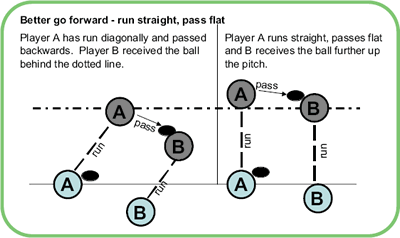
Attack spaces not faces
Players should run at gaps in tight situations, such as where there is a melee of players. This requires footwork and awareness of space. Even if the gap is half closed, there is a chance of making some distance beyond the tackler, therefore encouraging go forward.
Get big players running at small players
Here we follow the old adage "a good big 'un always beats a good small 'un". Tactically it is worth manufacturing a situation where a stronger player has an opportunity to physically drive at a weaker player.
A drill to improve your go forward
-
Divide your team into defending and attacking sides. Overload the defence (have more defenders than attackers).
-
Award a point if the attacking side gets over the tackle or the gain line, and a bonus point for a clean break.
-
Only use touch rugby. Either double touch, where a turnover happens when a player in possession of the ball is touched by two different players, or 3 second touch, where a player once touched has three seconds to pass the ball or lose it.
-
Emphasise the importance of taking the ball towards the try line. Encourage your players to make every step count – that is, keep them moving forward, even if only diagonally.
-
Consider getting your players to practise footwork drills during this exercise.
Newsletter Sign Up
Coaches Testimonials

Gerald Kearney, Downtown Las Vegas Soccer Club

Paul Butler, Florida, USA

Rick Shields, Springboro, USA

Tony Green, Pierrefonds Titans, Quebec, Canada
Subscribe Today
Be a more effective, more successful rugby coach
In a recent survey 89% of subscribers said Rugby Coach Weekly makes them more confident, 91% said Rugby Coach Weekly makes them a more effective coach and 93% said Rugby Coach Weekly makes them more inspired.
Get Weekly Inspiration
All the latest techniques and approaches
Rugby Coach Weekly offers proven and easy to use rugby drills, coaching sessions, practice plans, small-sided games, warm-ups, training tips and advice.
We've been at the cutting edge of rugby coaching since we launched in 2005, creating resources for the grassroots youth coach, following best practice from around the world and insights from the professional game.


